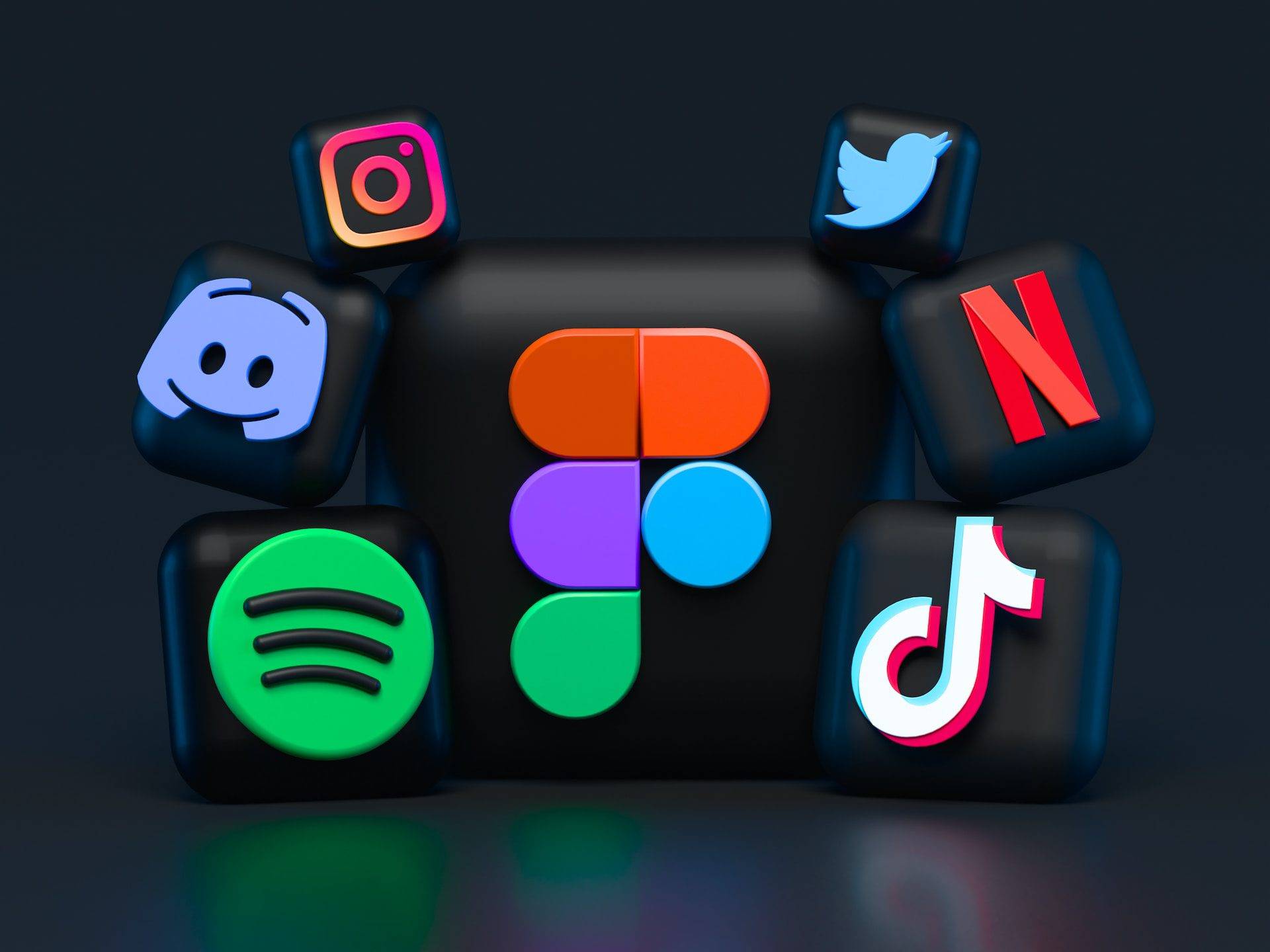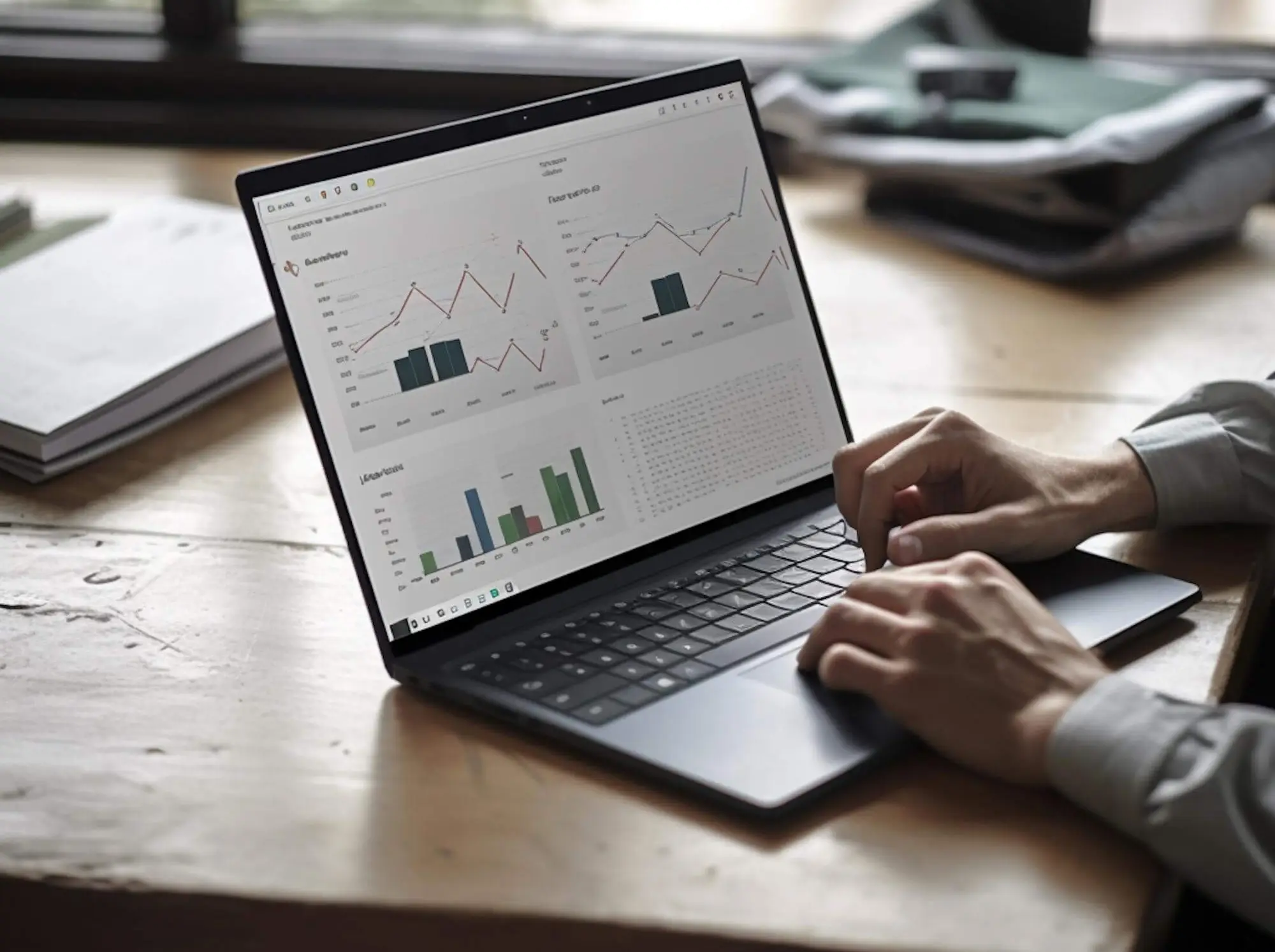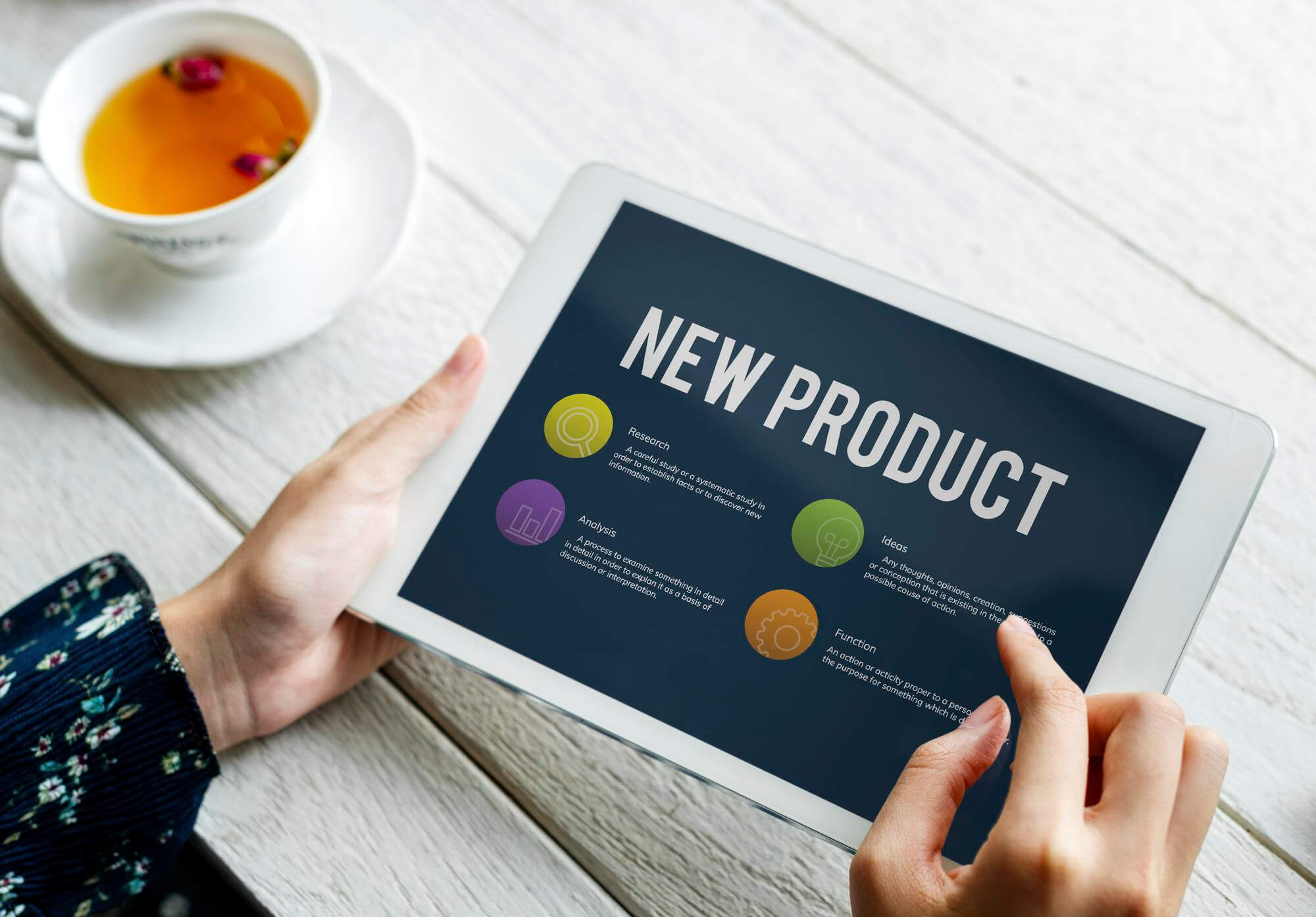Social media has evolved into a powerhouse of marketing and engagement for businesses in recent years. With platforms like Facebook, Instagram, Twitter, LinkedIn, and TikTok attracting billions of users, it’s no surprise that companies are investing more resources into their social media strategies. But how do you measure the effectiveness of your social media efforts? That’s where social media metrics come in.
In the fast-paced world of digital marketing, social media has emerged as a powerful tool for businesses to connect with their audiences, establish brand identity, and drive success. It’s no longer sufficient to merely be present on platforms such as Facebook, Instagram, Twitter, LinkedIn, and TikTok.
To stay competitive in 2023 and beyond, it’s essential to track and analyze the right social media metrics. These metrics provide valuable insights into the performance of your efforts and guide data-driven decisions for your social media strategy.
Tracking social media metrics is essential to gauge your performance, identify areas for improvement, and optimize your strategies. In 2023, understanding and tracking the right social media metrics can be the difference between thriving and struggling in the digital landscape. In this blog, we’ll explore nine essential social media metrics that businesses should track to stay ahead of the game.
Social Media Metrics to Track In 2023
In the ever-evolving landscape of digital marketing, social media has emerged as one of the most powerful tools for connecting with your target audience, building brand recognition, and achieving business objectives. It’s no longer enough to simply have a presence on platforms like Facebook, Instagram, Twitter, LinkedIn, and TikTok. To stay competitive in 2023 and beyond, it’s essential to track and analyze the right social media metrics.
These metrics offer insights into how your efforts are performing and guide you in making data-driven decisions for your social media strategy. In this comprehensive guide, we delve into nine essential social media metrics and explore how to measure and optimize them for your business.
1. Engagement Rate
Engagement is a key indicator of how well your content resonates with your audience. This metric typically includes likes, comments, shares, and other forms of interaction on your posts. A higher engagement rate indicates that your content is compelling and resonates with your followers. The engagement rate is a fundamental social media metric that quantifies the level of interaction and involvement generated by your social media posts.
The engagement rate is a barometer of your content’s effectiveness in resonating with your audience. A high engagement rate signifies that your content is compelling, relevant, and successfully connecting with your followers. It indicates that your audience is actively participating in your social media conversations.
A healthy engagement rate depends on your industry and the social media platform, but generally, you should aim for at least a 1-3% engagement rate. However, focus on quality interactions, such as thoughtful comments and shares, which are often more valuable than a high volume of likes. To calculate your engagement rate, use the following formula:
Engagement Rate = (Total Engagements/ Total Followers) × 100
2. Click-Through Rate (CTR)
CTR measures the effectiveness of your call-to-action (CTA) or links shared on your social media posts. It tells you how many people who viewed your post actually clicked through to your website, landing page, or other desired destination. To calculate your CTR, use the following formula:
CTR = (Total Clicks/ Total Impressions) × 100
A high CTR indicates that your content is not only engaging but also effectively guiding your audience toward further actions, such as making a purchase, signing up for a newsletter, or downloading a resource. The ideal CTR can vary based on factors like industry, platform, and specific goals. Monitor your CTR and aim to improve it over time.
3. Follower Growth Rate
The follower growth rate is a simple yet critical metric that tracks the increase in your social media following over time. A growing follower count often indicates that your content and engagement strategies are working and your ability to expand your reach and build a larger audience. To calculate your follower growth rate, use this formula:
Follower Growth Rate = (New Followers − Lost Followers/ Total Followers at the Beginning of the Period) × 100
A growing follower count often indicates that your content and engagement strategies are working. It signifies that you are expanding your reach and attracting more potential customers and brand advocates. While there is no specific benchmark for follower growth rate, aim for consistent and sustainable growth. A sudden surge in followers may not always result in meaningful engagement.
4. Conversion Rate
While conversion tracking is often associated with website analytics, it’s just as crucial on social media. Conversion rate measures the number of social media users who take a desired action, such as signing up for a newsletter, making a purchase, or downloading a resource. It quantifies how effectively you are turning engagement into actionable results. To calculate your conversion rate, use the following formula:
Conversion Rate = (Number of Conversions/ Total Clicks) × 100
A high conversion rate indicates that your social media efforts are successfully directing users toward your goals, ultimately driving conversions and achieving specific business objectives. The ideal conversion rate varies by industry and specific goals. Benchmark your conversion rate against industry standards and aim to improve it over time.
5. Share of Voice (SOV)
Share of Voice is a metric that measures your brand’s presence compared to your competitors within a specific industry or niche. It helps you understand your market share and evaluate how well you’re doing in comparison to your competitors.
Analyzing your Share of Voice helps you understand your market influence and competitive standing. It can guide your strategies for increasing brand visibility and recognition within your industry. To calculate SOV, you can use a social media listening tool that analyzes mentions, hashtags, and other data relevant to your industry.
There is no universal benchmark for SOV. Focus on maintaining or increasing your Share of Voice in your industry. A decreasing SOV could signify a loss of market influence.
6. Social Media Reach
Social media reach is the total number of people who see your content. It’s a measure of your brand’s visibility on social platforms. Tracking your reach helps you assess your content’s ability to penetrate the digital noise and get in front of more users. A high reach is vital for brand awareness and growth.
7. Response Rate and Time
In the world of social media, responsiveness matters. The response rate measures how quickly and effectively you reply to comments, messages, and mentions on your social profiles. It’s a reflection of your commitment to engaging with your audience. Response time is equally important; it measures how long it takes for your team to reply to inquiries. A faster response time is generally preferred, as it shows your dedication to customer satisfaction and support.
Responsiveness is crucial in the world of social media. It also enhances your brand’s reputation and fosters stronger relationships with your followers. To calculate the response rate, divide the number of responses by the number of inquiries and multiply by 100. Response time is calculated by measuring the average time it takes to respond to inquiries.
Aim to maintain a response rate of at least 90%, and strive for a response time within a few hours, if not sooner. However, the ideal response time can vary based on the nature of your business and industry.














































